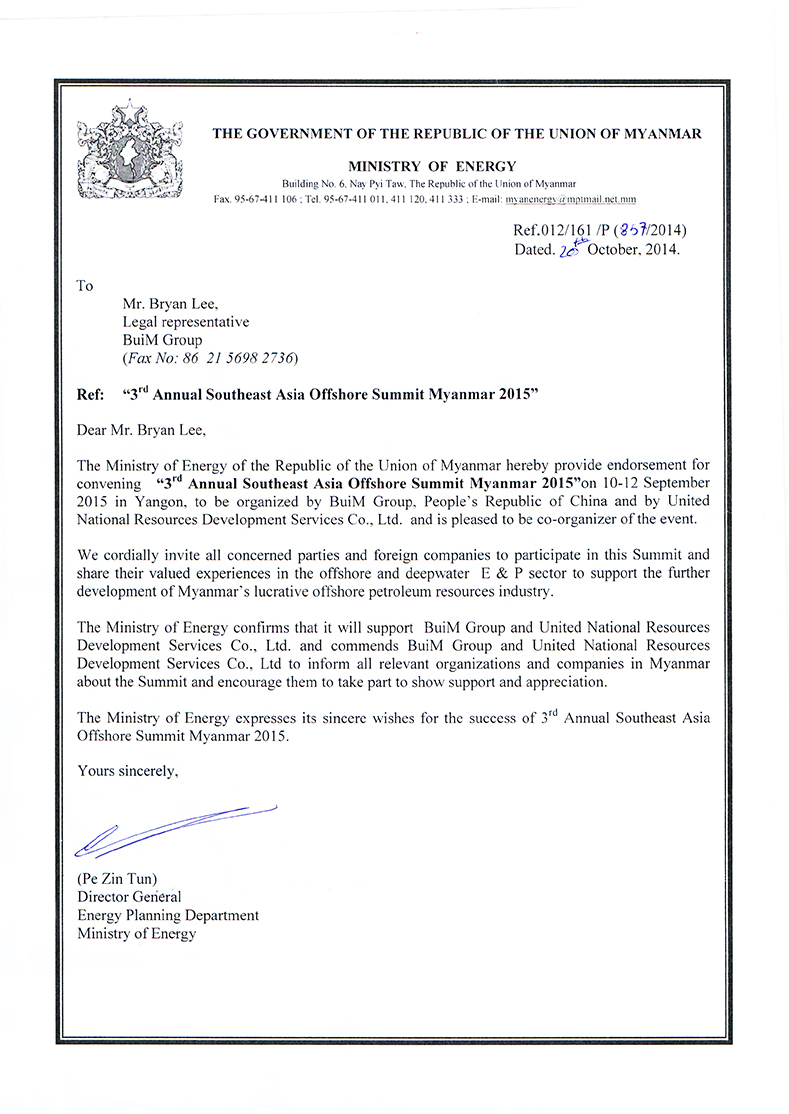Industry Background
With nearly 40 years of operation and development, Myanmar is ranked 3rd largest oil producer in Southeast Asia and 31st in the world in terms of crude oil and gas output.
Since the first contract was signed in 1978, 57 petroleum contracts have been signed (almost PSC in water depth < 200m), and 27 of these contracts are effective (15 in the exploration stage, 12 in the development and production stages)
Prospective resources (estimated to 3250 million cubic meters of crude oil equivalents) in deeper water level - deeper than 200m, are not yet explored or evaluated.
Offshore is the trend and deepwater the key
Among the nearly 500 new oil fields discovered in 2009, the 340 onshore fields account for only 35 percent of total discovered reserves, the 80 shallow fields account for 20 percent, while the remaining 60 deepwater fields are the source of 45 percent of total discovered reserves.
The era of easy oil extracted from readily accessible shallow water is almost over and deepwater fields represent a new opportunity for oil production.
Recent bidding rounds and results
Myanmar has increased the frequency of international licensing rounds. The second bidding round was launched in 2007, and included several blocks in difficult exploration areas in the Song Hong and Phu Khanh Basins. A limited bidding round was held in 2008 for seven additional blocks. Four production-sharing contracts (PSCs) were signed after the 2008 bidding round, and an additional 19 were signed between 2009 and 2010. The most recent international bidding round began in late 2011, and includes blocks from Nam Con Son, Phu Quoc and Malay Tho Chu Basins.
Challenges and opportunities for deepwater
The kinds of equipment required for deepwater exploration are not readily available in Myanmar. Myanmar is currently only able to build fixed platforms, which can reach depths of only 130m. Moreover, the cost of constructing and deploying advanced rigs and floating platforms is another serious obstacle. There are also insufficient numbers of trained and qualified personnel to operate the equipment and collect and interpret data.








